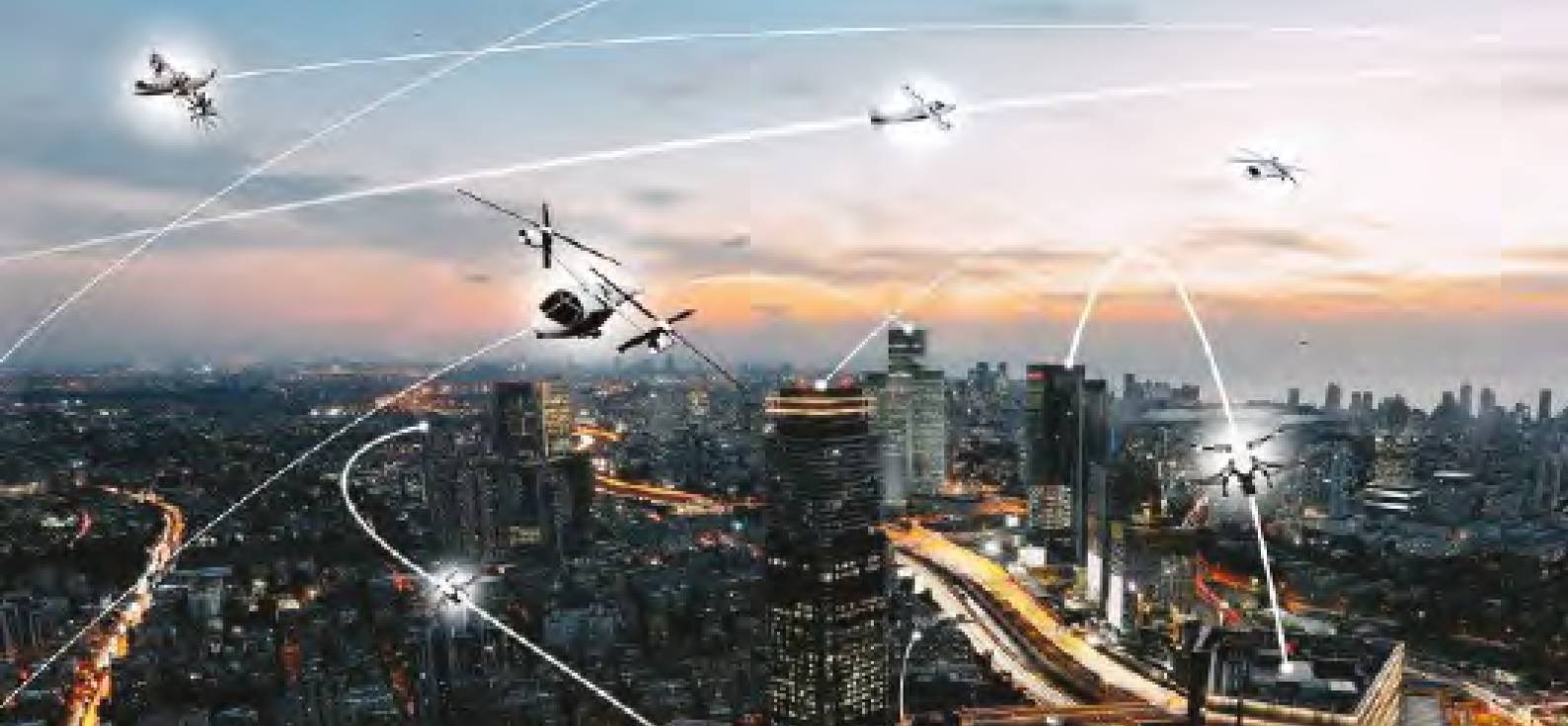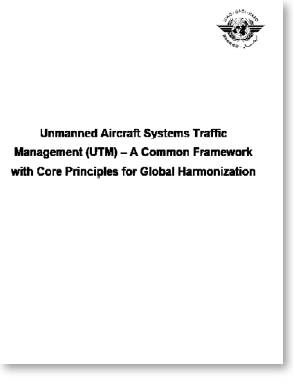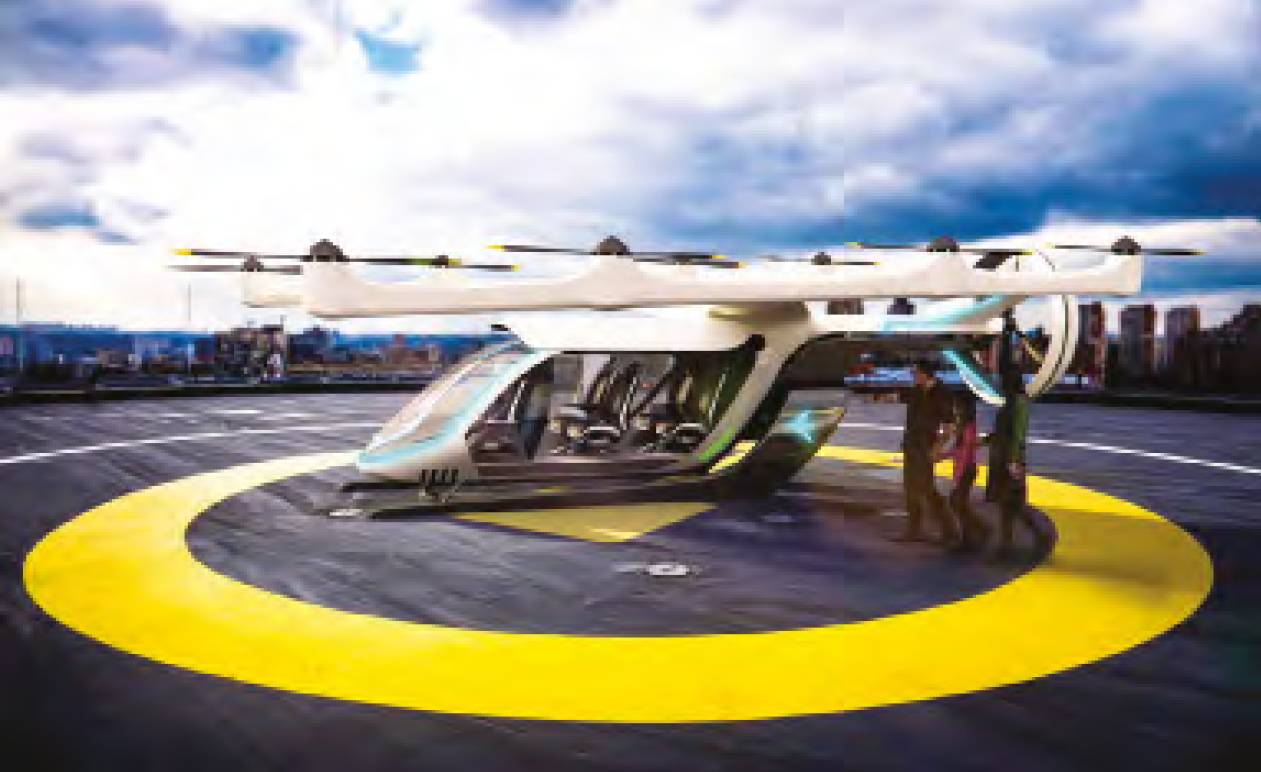GENERAL AVIATION Uncrewed aerial systems and regulation
Implementing UAS – the regulator’s viewpoint
DEWAR DONNITHORNE-TAIT FRAeS, from the RAeS UAS Group, reports on ICAO’s fourth uncrewed aircraft systems industry symposium.
 Drone Research
Drone Research
Over five days in April (13-15 and 20-21 April) the International Civil Aviation Organization (ICAO) held its DRONE ENABLE (DE4) virtual symposium which brought together stakeholders from industry, academia, government and international organisations in the uncrewed aviation sector come together to exchange best practices, lessons learned, research material and challenges related to the introduction of uncrewed aircraft systems (UAS) and UAS traffic management (UTM). In addition to updates on ICAO’s progress with UAS and a focus on current UAS activities in Brazil, the main topics were:
- Interaction with key aviation and non-aviation stakeholders
- Uncrewed aircraft (UA) performance requirements in an uncrewed traffic management (UTM) environment
- UTM system certification requirements
- UTM development and deployment lessons learned
- UTM integration into aerodrome environments/activities
- Cyber resilience
- Advanced air mobility (AAM) and urban air mobility (UAM)
- Flight rules in an evolving environment
 Dr Young Tae Kim, Secretary General, International Transport Forum, Organisation for Economic Co-operation and Development (OECD), noted that the private sector is innovating ever faster. Such acceleration requires policy changes to deal with innovation in order to address tomorrow’s challenges today. Drones should be seen as part of the overall transport system and there was a need for policy assessment in the following areas: economics, public acceptance, environmental impact and infrastructure requirements. Drones may be used to fill gaps in existing systems and should not be viewed in isolation but play a complementary role. The aim was to assist access for all and provide new transport opportunities. It was important not to widen differences between rich and poor, as drones need to benefit all of civilisation.
Dr Young Tae Kim, Secretary General, International Transport Forum, Organisation for Economic Co-operation and Development (OECD), noted that the private sector is innovating ever faster. Such acceleration requires policy changes to deal with innovation in order to address tomorrow’s challenges today. Drones should be seen as part of the overall transport system and there was a need for policy assessment in the following areas: economics, public acceptance, environmental impact and infrastructure requirements. Drones may be used to fill gaps in existing systems and should not be viewed in isolation but play a complementary role. The aim was to assist access for all and provide new transport opportunities. It was important not to widen differences between rich and poor, as drones need to benefit all of civilisation.
 Both the City/State of Hamburg and the Antwerp Port Authority described the special characteristics and requirements for extensive drone use over their local jurisdictions. In addition to legal frameworks, it was appropriate for the local authority to collaborate with the national civil aviation authority in authorising air operations. There were many potential drone applications but capacity was finite and limited by evolving regulatory, technical and operational factors. The Port of Antwerp, as part of the SAFIR Project, had established two drone trial zones, one for ‘fully autonomous drones’.
Both the City/State of Hamburg and the Antwerp Port Authority described the special characteristics and requirements for extensive drone use over their local jurisdictions. In addition to legal frameworks, it was appropriate for the local authority to collaborate with the national civil aviation authority in authorising air operations. There were many potential drone applications but capacity was finite and limited by evolving regulatory, technical and operational factors. The Port of Antwerp, as part of the SAFIR Project, had established two drone trial zones, one for ‘fully autonomous drones’.


